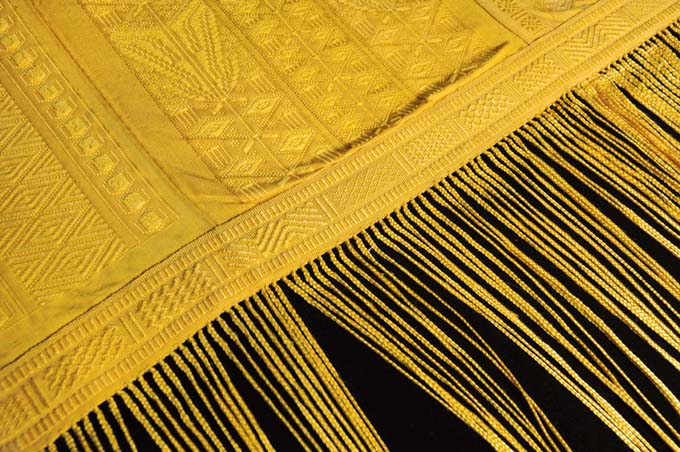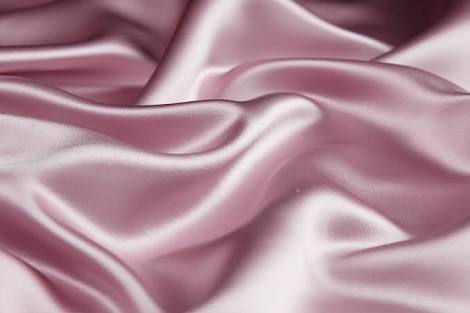
Silk is a natural protein fiber produced by mulberry silkworm which is used for textile manufacturing. Silk fiber has a triangular prism-like structure which allows silk cloth to refract incoming light at different angles and with that to produce different colors.
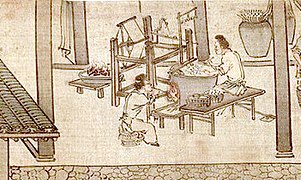
Sericulture or silk production has a long and colorful history unknown to most people.
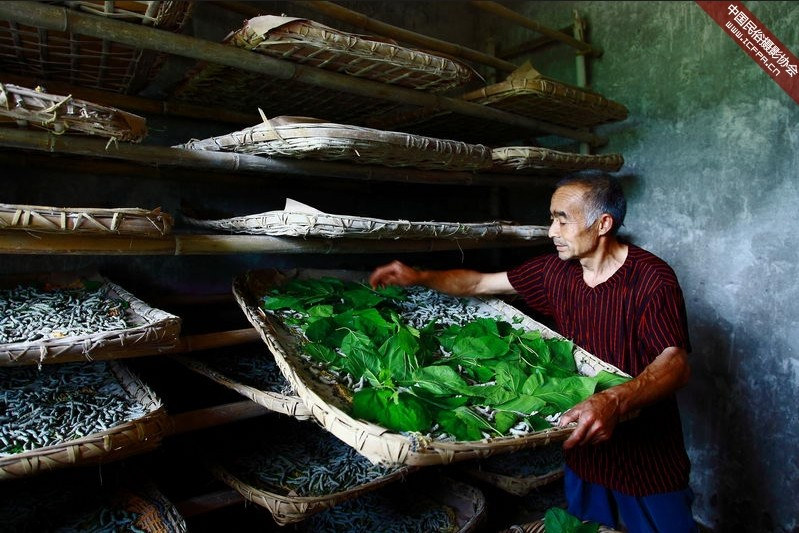
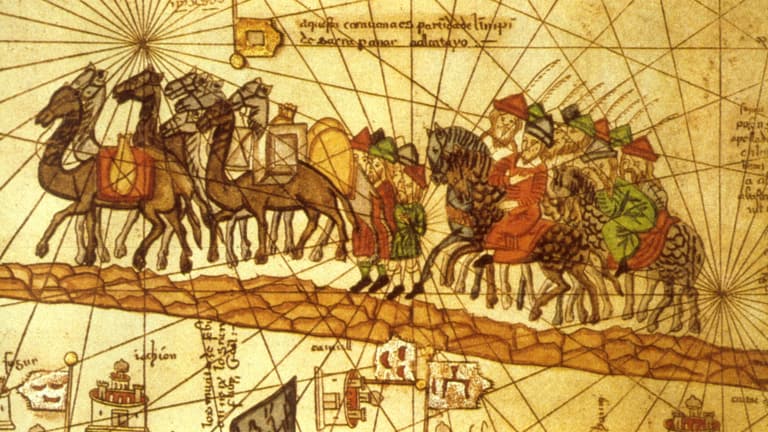
History of silk began in the 27th century BC in China where it remained in sole use until the commercial ways appeared from China to the Mediterranean Sea. During the latter half of the first millennium BC, Silk Road opens and silk starts to spread the world. Since silk was highly valued and appriciated outside China as well, lenghts of silk became a well-established trading commodity between China and foreign countries.It was this trade that made it possible for people in places located far away from any silk cultivation and silk weaving to wear and use silk.
When silk was first discovered, it was reserved exclusively for the use of the ruler. It was permitted only to the emperor, his close relations and the very highest of his dignitaries. Within the palace, the emperor is believed to have worn a robe of white silk; outside, he, his principal wife, and the heir to the throne wore yellow, the color of the earth.
During the Han Dynasty, silk became somewhat of a currency. There are for instance documents from this era telling us about farmers who paid their taxes in grain and silk.
Finally the silk threads are woven into cloth or used for embroidery work.
Clothes made from silk are not only beautiful and lightweight, they are also warm in cool weather and cool in hot weather. Today, People’s Republic of China is the world’s largest silk producer.
